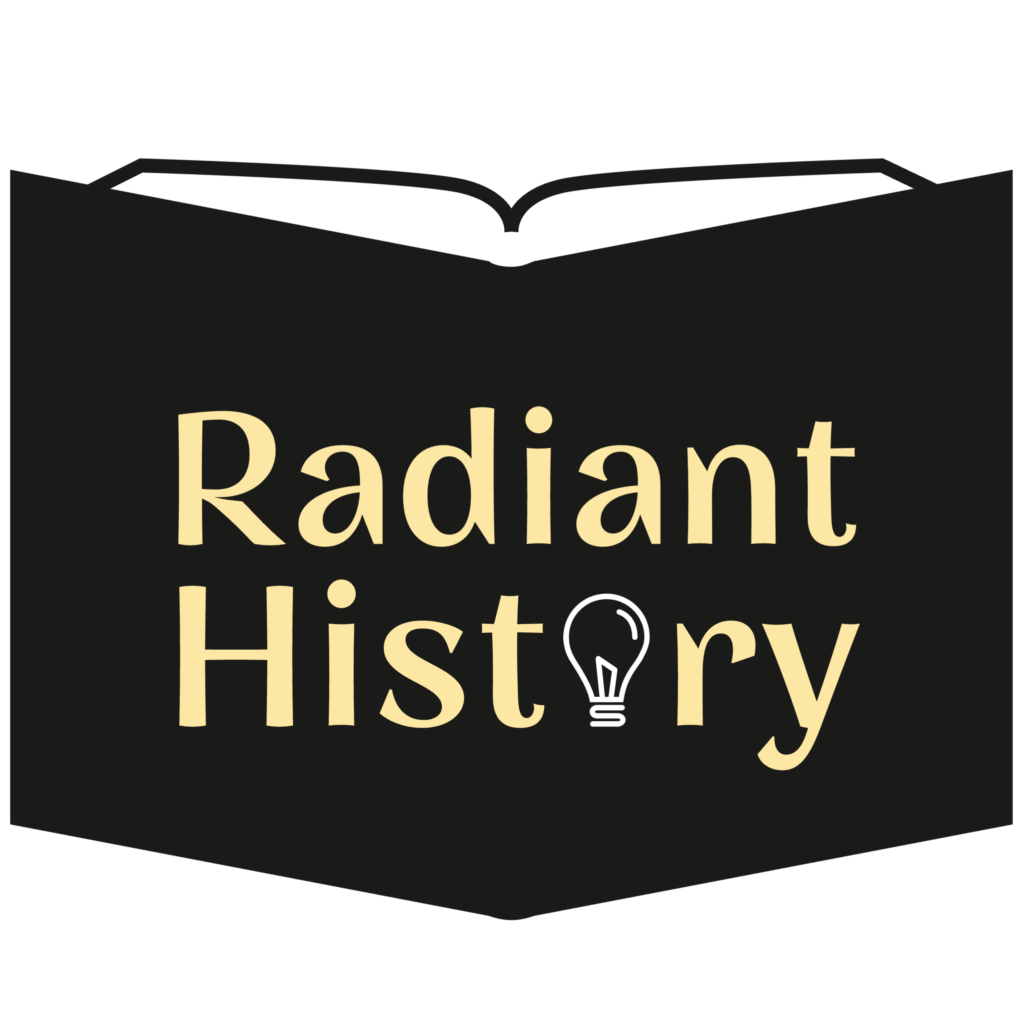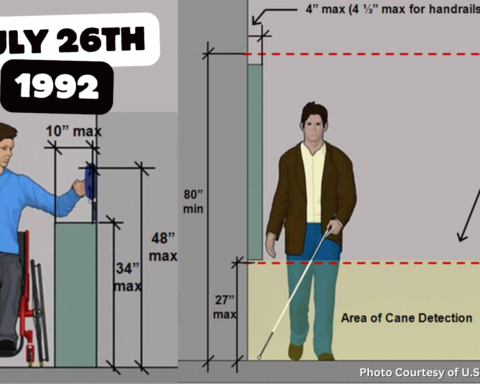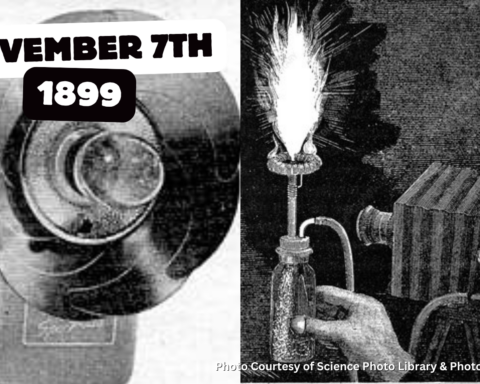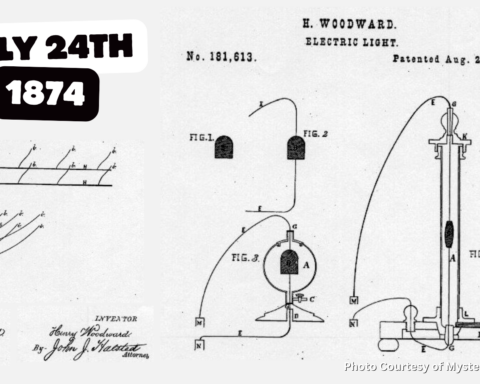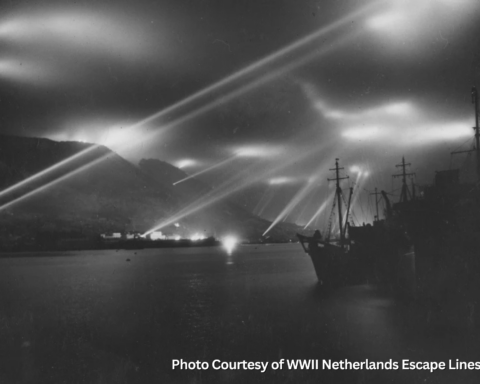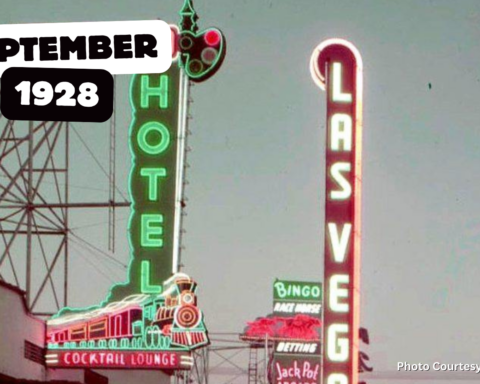Flagstaff, Arizona’s lighting ordinance is one of the oldest and most comprehensive in the United States. In 1958, the city passed this ordinance to preserve the natural beauty of the night sky and prevent light pollution. Since then, the ordinance has been regularly updated and refined.
To minimize light pollution, the ordinance mandates the use of fully shielded fixtures for outdoor lighting and limits the use of certain lighting during nighttime hours. Certain types of outdoor lighting may not exceed a brightness level of 1,800 lumens during hours of darkness from 11 PM to dawn. The law also limits or bans the use of light where light shines upwards, or with warm light rays temperatures rated at 3,000 kelvin or above in order to prevent the light from spreading outside the local area or trespass on neighboring spaces. Exceptions are made though for safety lighting considerations or events lighting is an absolute necessity.
The ordinance applies to residential and commercial properties, as well as public areas such as streets, parks, and government buildings. The city of Flagstaff even enacted an innovative resolution to keep their ordinance intact year-round, even on weekends and holidays. Monitoring occurs with special electromagnetic field detection equipment mounted in parks and recreational areas, even near Flagstaff Municipal Airport.
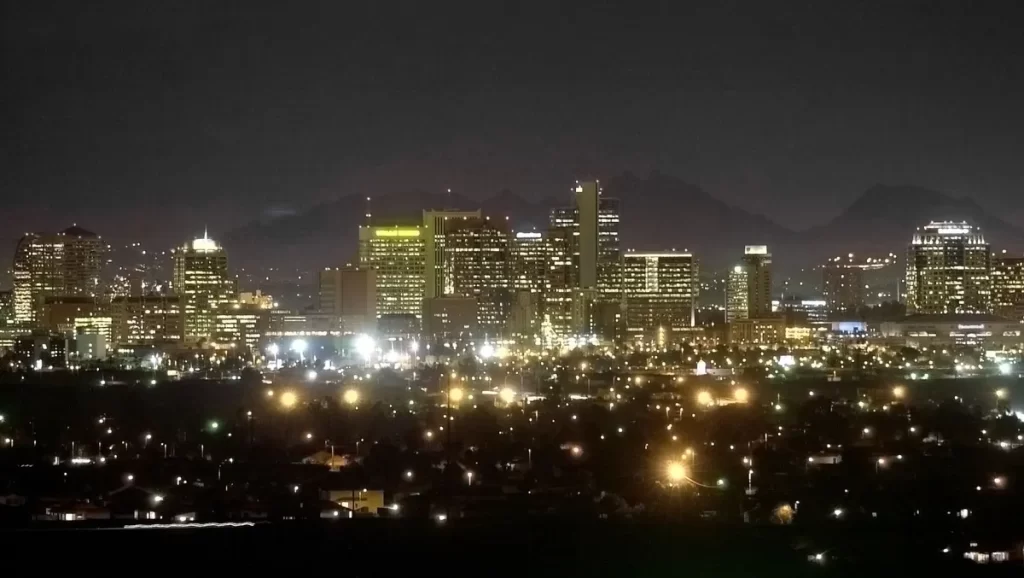
Overall, Flagstaff’s lighting ordinance has been successful in preserving the dark sky environment for its residents and visitors while also allowing adequate lighting for safety purposes. Since implementing the ordinance, the Flagstaff’s community has seen tremendous growth in its tourist industry—finding people appreciate seeing their natural attractions without heavy light pollution. This Flagstaff model is bright example of a multifaceted approach to how technology, healthy ecosystems, and developing communities can thrive under responsible lighting regulation.
Featured image courtesy of Dark Sky Diary.
